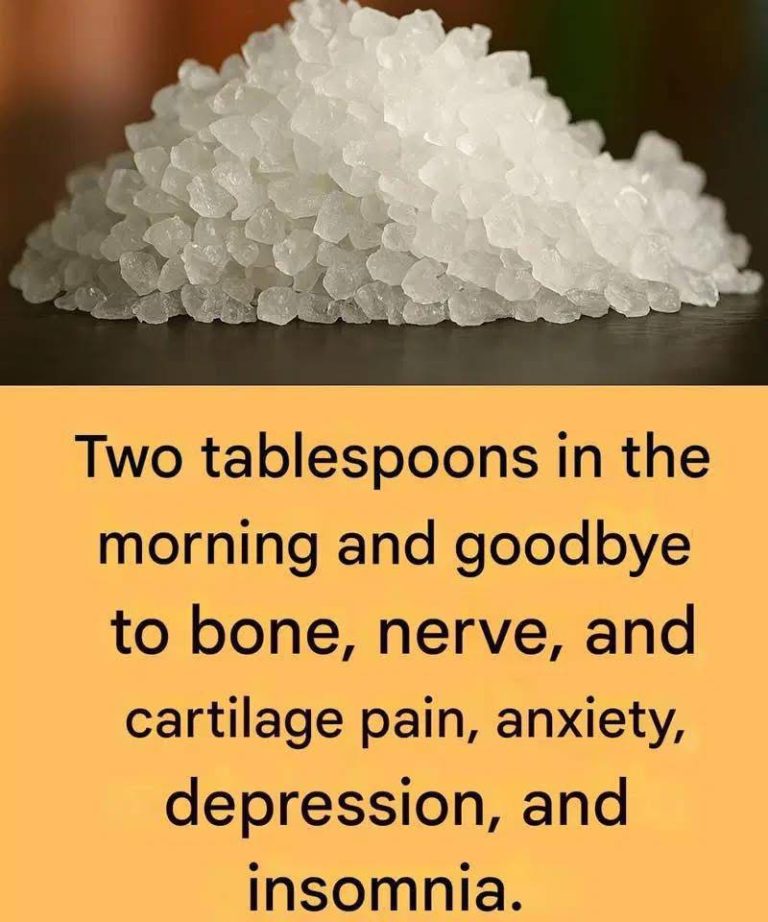What Are Microplastics?
Microplastics in Bottled Water: A Growing Concern
Microplastics—tiny plastic particles under 5mm—have been found in bottled water, raising health and environmental alarms. “These particles are found everywhere: in oceans, soil, air, and even food.”
In bottled water, they can come from the plastic packaging, especially when exposed to heat or stored for long periods. Some research suggests microplastics might “carry harmful chemicals, cause inflammation, or disrupt hormones,” though the long-term health effects are still unclear.
Why Bottled Water Is Still Popular
Despite these risks, bottled water remains widely used due to its convenience and the perception that it’s safer than tap water. Marketing and public distrust of municipal systems continue to drive high consumption.
Environmental Consequences
Plastic bottles contribute significantly to pollution. “Most are not properly recycled, adding to landfill waste and ocean pollution.” As they break down, they release more microplastics into the environment. Furthermore, the production and transport of bottled water come with a high carbon footprint.




